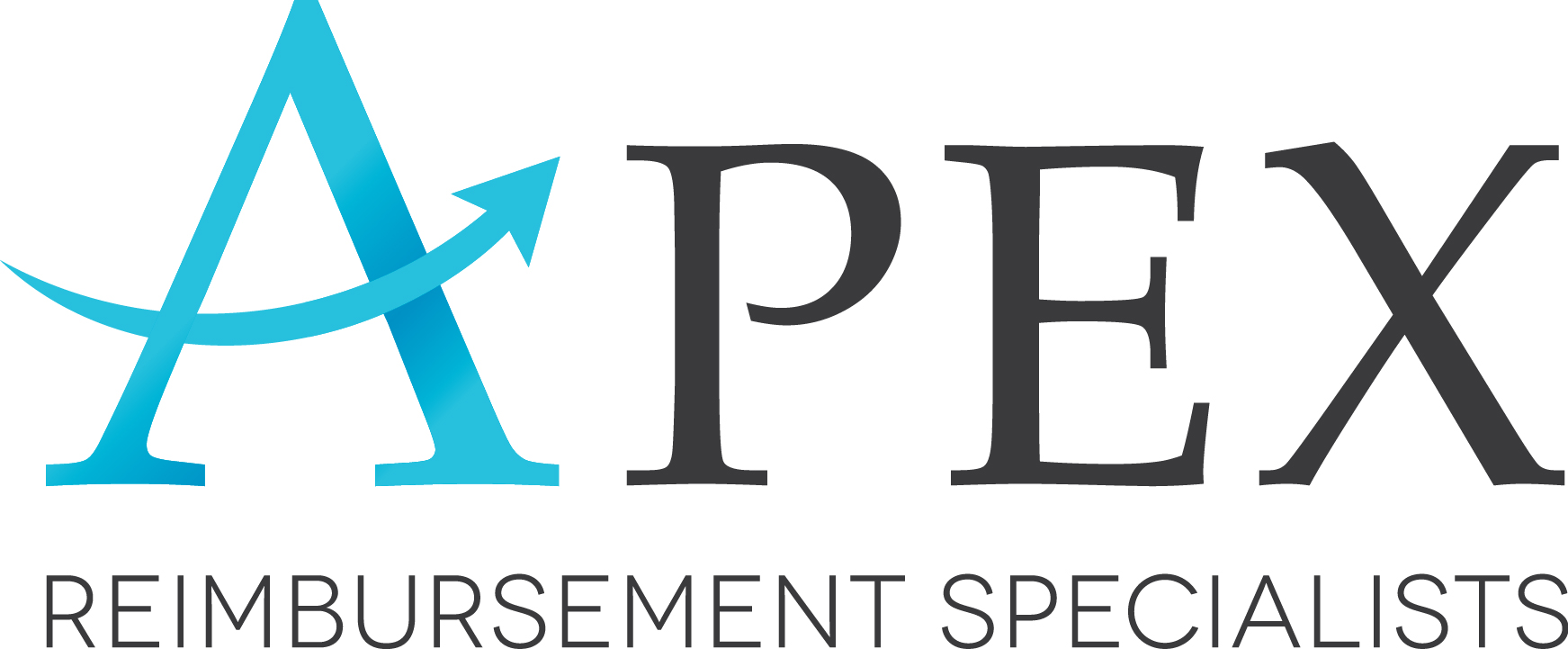Credentialing might not seem like a big deal, but it is one of the most important processes for your dental practice, whether it hosts one dentist or multiple dentists. After all, without it, you would be unable to accept insurance for a significant number of your patients. A single unresolved credentialing problem for one of your dentists can put a stop to your revenue cycle for the indefinite future. What are some of the credentialing mistakes that you should proactively work to avoid? Learn more from APEX Reimbursement Specialists!
What Are Credentialing and Recredentialing?
The credentialing and recredentialing processes are required to be considered in-network for an insurance provider. Every dentist looking to accept certain types of insurance must complete the credentialing process and will need to complete the recredentialing process at a predetermined interval. This is to make sure that all of your information is the same and that you still meet the requirements set by the insurance company. Both of these processes can be labor intensive and require a great deal of paperwork and follow-up, so many dental practices with multiple dentists choose to outsource them to a company like APEX Reimbursement Specialists.
Mistake 1: Not Completing the Application Fully
Every question on a credentialing application is important, even if it might not apply to you. Make sure that every space on your application is full and enter N/A under any sections that do not apply to you. If you leave a response outright blank, it will often be considered incomplete. Insurance companies are very busy, and they do not take extra time to follow up with you one on one if you forget to do something.
Mistake 2: Waiting on Malpractice Insurance
You should always keep your malpractice insurance up-to-date, and it is especially important when you are completing the credentialing and recredentialing processes. The entire process can take up to 90 days from start to finish, so you must make sure that you will be covered during that period. If you will not, reach out to your insurance payor and extend your policy through the end of that 90-day period at a minimum.
Mistake 3: Not Tracking What Has Changed
During the re-credentialing process, your insurance payor will want to hear about any changes that you’ve made since the initial credentialing process took place. As a result, you need to be prepared and know which changes you have made. The insurance payor will expect to see detailed supporting documentation that is easy to understand and comprehensive. Some of the information that you will need to include is:
- Any new dentists working at your practice, including their full name, license number, and tax ID
- If any dentists are leaving the practice and what date they are leaving
- Which dentists are remaining at the practice
- If you are changing your location or working out of multiple offices
- And much more
By proactively keeping track of things like this that have changed since the last time you credentialed, you can speed up the process quite a bit and make it less stressful.
Avoid the Common Recredentialing Mistakes with APEX Reimbursement Specialists
Whether you’re preparing for the recredentialing process or looking for assistance with the initial process of credentialing with a new provider, APEX Reimbursement Specialists is here to help. Contact our team today by calling (410) 710-6005. We look forward to working with you to make your practice a more profitable place.

